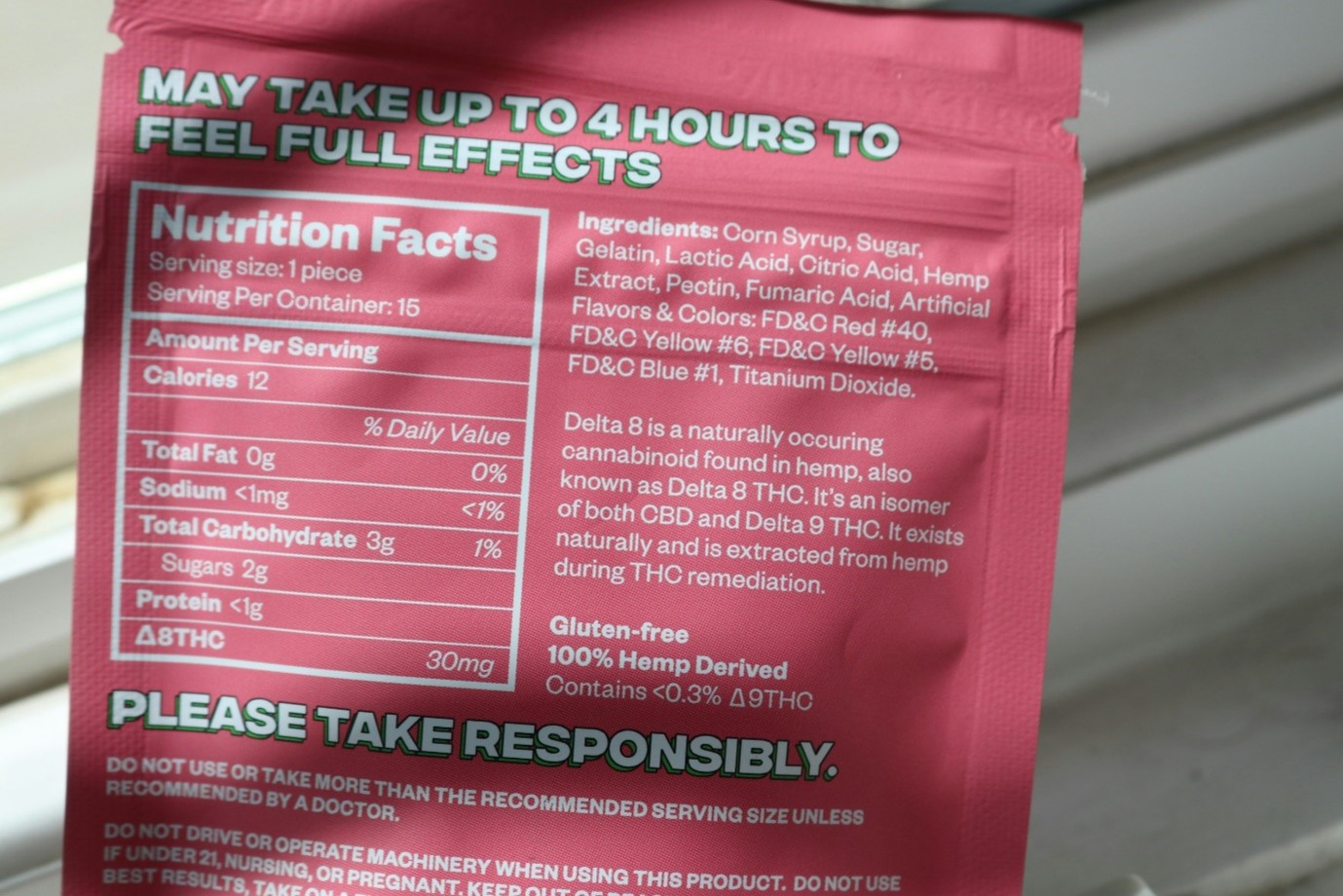
In recent years, consumers have become increasingly conscious of what they put into their bodies, prompting a significant shift towards greater transparency in product ingredients. This demand for transparency is reshaping industries, from food and beverage to cosmetics and pharmaceuticals.
Consumers are no longer satisfied with vague labels; they want detailed information about the ingredients in the products they use. This article delves into the reasons behind this trend and how companies can adapt to meet these evolving expectations.
The Rise of Ingredient Transparency
The movement towards ingredient transparency is driven by several factors, reflecting a broader change in consumer attitudes and behaviors.
Health Consciousness: As consumers become more health-conscious, they are paying closer attention to the ingredients in their food, beverages, and personal care products. They seek to avoid harmful substances and opt for products that support their health and well-being. This increased awareness has led to a demand for clear and accurate ingredient information.
Environmental and Ethical Concerns: Many consumers are also motivated by concerns about the environmental impact and ethical implications of their purchases. They want to know if the ingredients in their products are sustainably sourced and if the companies behind them practice ethical business operations. Transparency in ingredients helps consumers make informed choices that align with their values.
Technological Advancements: Advances in technology have made it easier for consumers to access information about products. With smartphones and apps, they can quickly research ingredients, check product reviews, and verify claims. This easy access to information has empowered consumers to demand more transparency from companies.
Regulatory Pressure: Governments and regulatory bodies worldwide are imposing stricter regulations on product labeling and ingredient disclosure. Companies are required to provide more detailed information about their products, further driving the trend towards transparency.
What Consumers Want to Know
Consumers are looking for specific information about the ingredients in the products they use. Here are some of the key aspects they are interested in:
Ingredient Source: Consumers want to know where the ingredients come from and how they are sourced. They are particularly interested in whether the ingredients are natural or synthetic, and if they are derived from sustainable sources.
Health Impact: Many consumers are concerned about the potential health effects of the ingredients in their products. They seek to avoid harmful substances such as artificial additives, preservatives, and allergens. Information about the nutritional content and health benefits of ingredients is also important.
Environmental Impact: The environmental impact of ingredient sourcing and production is a significant concern for many consumers. They want to know if the ingredients are sourced sustainably and if the production processes are environmentally friendly.
Ethical Considerations: Ethical considerations, such as fair trade practices, animal testing, and labor conditions, are important to consumers. They want to support companies that uphold ethical standards and avoid those that engage in exploitative or harmful practices.
Transparency and Honesty: Above all, consumers value transparency and honesty from companies. They want clear, accurate, and honest information about the ingredients in their products, without misleading claims or greenwashing tactics.
How Companies Can Respond
To meet the growing demand for ingredient transparency, companies must adopt practices that promote openness and honesty or work with a manufacturer that can meet these needs through a platform like Keychain. Here are some strategies that can help:
Detailed Ingredient Disclosure: Companies should provide detailed information about the ingredients in their products, including their source, function, and potential health effects. Clear and accurate labeling is essential to building trust with consumers.
Third-Party Certifications: Obtaining third-party certifications for ingredients and products can help build credibility and reassure consumers about the quality and safety of the products. Certifications from reputable organizations can provide a reliable source of information for consumers.
Sustainable and Ethical Practices: Adopting sustainable and ethical practices throughout the supply chain can help companies meet consumer expectations. This includes sourcing ingredients from sustainable sources, ensuring fair labor practices, and minimizing environmental impact.
Leveraging Technology: Companies can use technology to provide consumers with easy access to ingredient information. This can include QR codes on packaging that link to detailed ingredient information, mobile apps that provide product transparency, and online databases that allow consumers to research ingredients.
Engaging with Consumers: Companies should engage with consumers to understand their concerns and preferences. This can include conducting surveys, participating in social media discussions, and providing platforms for consumer feedback. Engaging with consumers helps companies stay informed about their needs and build stronger relationships.
Educational Initiatives: Educating consumers about ingredients and their benefits can help build trust and support informed decision-making. Companies can provide information through their websites, social media, and product packaging, helping consumers understand the importance of ingredient transparency.
The Future of Ingredient Transparency
As consumer demand for ingredient transparency continues to grow, companies that embrace this trend will be better positioned to succeed in the market. Transparency not only builds trust with consumers but also drives innovation and improves product quality. Companies that prioritize transparency and honesty in their ingredient disclosures will stand out in an increasingly competitive market and foster long-term loyalty among their customers.
Conclusion
The demand for ingredient transparency is reshaping consumer expectations and driving significant changes across industries. By providing clear, detailed, and honest information about their ingredients, companies can build trust, meet regulatory requirements, and align with the values of today’s consumers. As this trend continues to evolve, companies that embrace transparency and prioritize the needs of their customers will be well-positioned to thrive in a rapidly changing marketplace.

